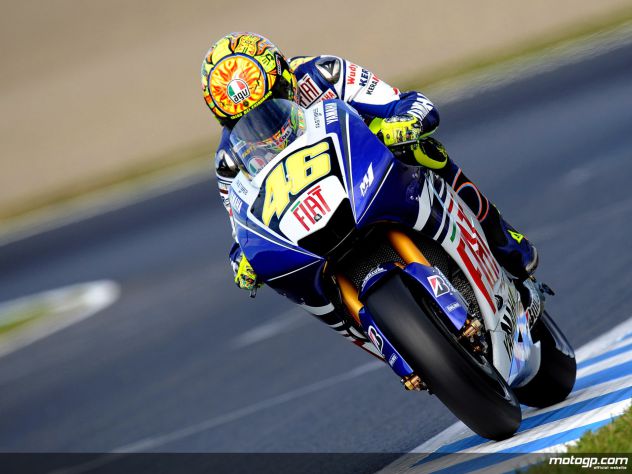
As it turned out, the German and Spanish sides were kept apart from each other with Bayern Munich at home in the first leg to Barcelona on Apr. 23 and Borussia Dortmund taking on Real Madrid the following night (the return legs are on Apr. 30 and May 1 with Madrid vs. Dortmund being played on the 30th). If the Spanish giants, who both play their second legs at home, which could be seen as an advantage, make it through, then “El Clasico,” the name by which their games are known, will take place at London’s Wembley Stadium in the May 25 final. Let’s take a look at the mouth-watering match ups.
(MORE: Why Barcelona vs. Real Madrid Is More Than a Game)
Bayern Munich vs. Barcelona
The immediate subplot that comes to mind is how arguably the most interested observer of them all will be a certain Pep Guardiola. The former Barcelona manager, who won 14 trophies over four years for Barca, is taking over as Bayern boss next season, and has been on a year-long sabbatical in New York. Whether he attends these games isn’t yet known but he, in addition to soccer fans around the world, will know that Barca’s number 10, Lionel Messi, will be the key to this semi-final. Barcelona made heavy weather of their quarter-final against Paris Saint-Germain, and required a not fully fit Messi to come off the bench and help rescue them during this week’s second leg (he sustained a hamstring injury in the first game). Messi was summoned after PSG took a shock lead, which would have been good enough to see the Parisian side through. While Messi didn’t score Barcelona’s equalizer, he played a major part in the build up to the goal, and it will be interesting to see if current coach, Tito Vilanova, will rest him over the next few weeks, with Barcelona all but assured the league title in Spain. “They gained in confidence as soon as he came on,” said PSG coach, Carlo Ancelotti. “He is the best player in the world, even if he is not fully fit.”
But Bayern’s own record against Barca is respectable, having won three, drawn two and only lost one (that said, Barcelona have never lost a European Cup knockout tie against German opposition, winning seven previous ties). Bayern, who are last year’s losing finalists, have dominated the German league, securing their 23rd title last weekend, and have looked pretty convincing in their attempt to go one step further than last season (switch out the reigning champions, Chelsea, for Dortmund, and this year’s semi-final line up is the same as last season). Bayern dismantled Juventus in the quarter-final, winning both games 2-0, and with players of the calibre of Arjen Robben, Mario Mandzukic and Bastian Schweinsteiger, they cannot be underestimated. And yet it’s entirely possible that even with their defensive frailties – the Catalan side hasn’t kept a clean sheet in the last 13 “Clasicos” – Barcelona could progress if Messi is on the field for the majority of the 180 minutes (or possibly 210, if it goes to extra time). The man who seems to have a lock on the best player of the year award can orchestrate play, both by scoring goals and making them for his teammates, which means that the “Clasico” final could be on the cards.
Prediction: First leg Bayern Munich 1- 1 Barcelona. Second leg Barcelona 2-0 Bayern Munich. Barcelona to go through 3-1 on aggregate (this is based on Messi playing the majority of both matches).
Borussia Dortmund vs. Real Madrid
Borussia Dortmund are the only unbeaten side left in the competition, which means that they should be taken seriously. Their charismatic coach, Jürgen Klopp, has instilled a never-say-die, gung-ho attitude in his young side, most recently proven by their stunning injury-time comeback to score twice and knock out Spanish side Malaga in dramatic circumstances (it was the first time a team needing to score two injury-time goals to win in the Champions League had done so since Manchester United in the 1999 final). They’ve only beaten Real Madrid once (losing twice, with three ties) but that 2-1 victory came in the group stages last October and they managed a credible 2-2 tie in the Bernabeu a couple of weeks later. Polish striker Robert Lewandowski is a constant threat, with Mario Götze and Marco Reus offering much promise. But their 12th man is, to put it mildly, their passionate home crowd, who will surely never give up hope.
But will passion be enough to get past one of the world’s best coaches, Jose Mourinho, who, in star man Cristiano Ronaldo, has at his disposal a player nearly the equal of Barcelona’s Messi? CR7 scored three of Madrid’s five goals in their 5-3 aggregate quarter-final victory over Turkish side Galatasaray, and it’s hard to imagine Dortmund being able to keep him from notching during the semi-final. Then again, Madrid probably won’t be able to keep a clean sheet in the first leg in Dortmund – Madrid has only kept the opposition out once in 10 Champions League games this season – and if Dortmund does score an away goal in the second leg, it’s anyone’s guess as to the eventual winner. “I don’t think Madrid will be afraid because of what happened in the group stage,” Dortmund general manager Hans-Joachim Watzke said. “They will respect us, just like we respect them.”
Madrid, semi-finalists for a record 24th time, and in the final four for the third successive season, are bidding to win the competition for a record 10th time, with Mourniho hoping to become the first man to win three European Cup or Champions Leagues with three different clubs. Many neutrals would love to see Madrid make it to the final, if their biggest rivals Barcelona also get there. But soccer cares little for romance, and Dortmund and Munich will be hoping to put on “El Clasico” of their own.
Prediction: First leg Borussia Dortmund 2-1 Real Madrid. Second leg Real Madrid 2-1 Borussia Dortmund. Semi-final to be decided on penalties, which is nigh on impossible to call!





























 19:24
19:24
 Unknown
Unknown

 Posted in:
Posted in: 

![[image] Harmony Hub](http://timenerdworld.files.wordpress.com/2013/04/harmonyhub.jpg?w=753)
![[image] Harmony remote](http://timenerdworld.files.wordpress.com/2013/04/harmony3.jpg?w=753)











